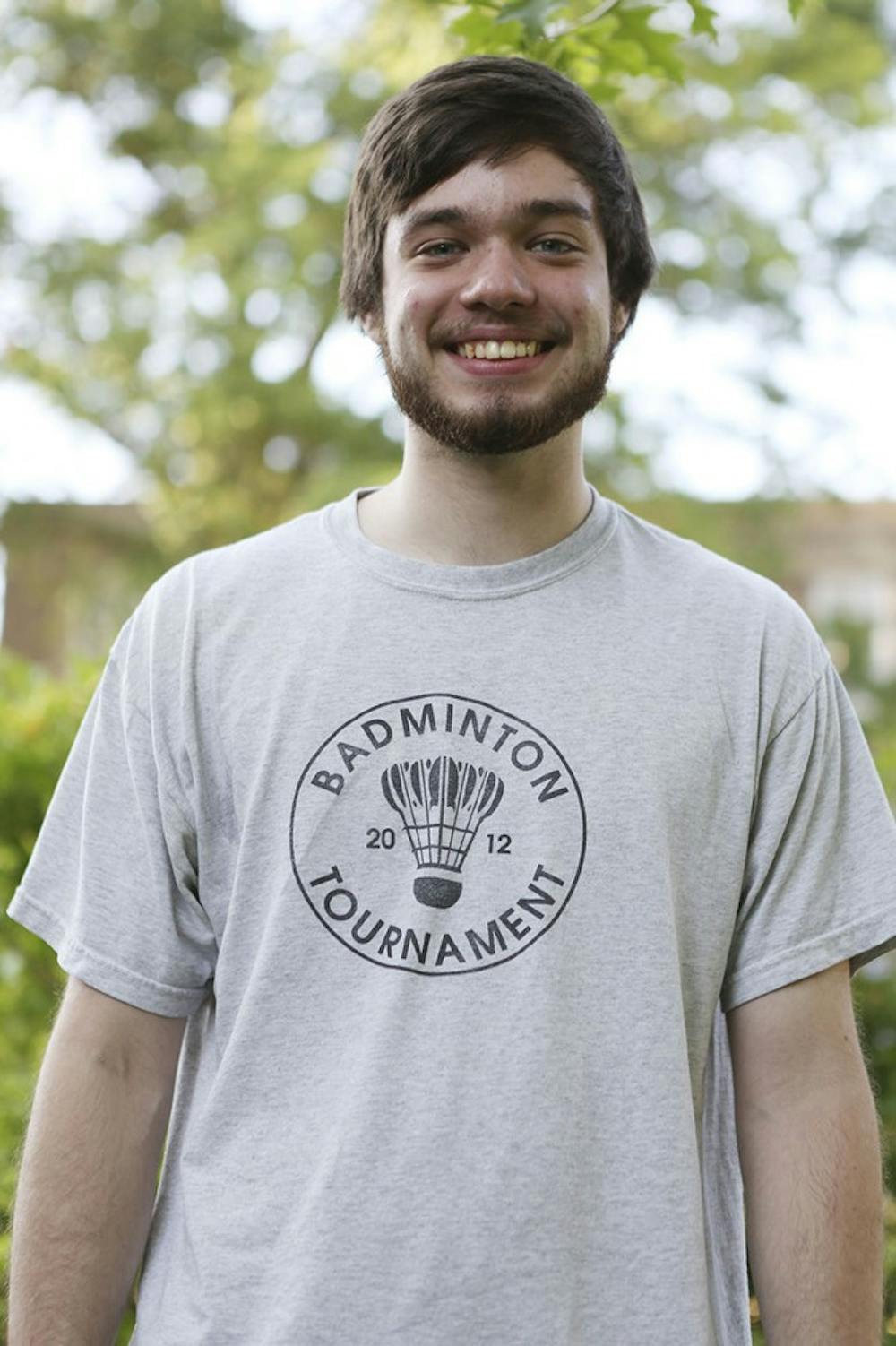Given the freedom and low cost of music production in the 21st century, anyone who puts in the necessary level of effort has the ability to succeed without the initial support of the music industry.
Bob Dylan didn’t have a SoundCloud.
Neither did Elvis Presley, the Beatles nor Whitney Houston. To even have their music heard in the public ear, these artists of yesteryear had to take part in the long and arduous process of proving their salt to record labels. This included submitting primitive, low-quality demos, being courageous enough to play live shows for A&R exposure or being lucky enough to have industry-insider connections.
However, the notion of needing record label support to reach a nationwide or worldwide audience has become an outdated concept in the 21st century thanks to widespread use of the Internet and the affordability of quality recording software.
It’s now easier than ever for a person to transfer rhythms and melodies from their brain into a physical format and proceed to share it with others. What a time to be alive.
Working within the frame of this modern method of self-creation and self-release, many contemporary artists have risen to prominence solely on their own accord. Bon Iver, Tame Impala, Bright Eyes, Wavves, Burial, DIIV and many other projects started behind the solace of a closed bedroom door and a well-placed microphone. And although these artists would later be signed to labels of varying clout, the origins of their music began with nothing more than an individual effort to learn and a desire to create.
Other artists, whose artistic output are far from a polished industry product, use this new model of music distribution to attract attention to their unconventional music, which would otherwise not be available. Would Lil B, Yung Lean or even Odd Future have gained such large fan bases, ironically and not, if it were not for the Internet?
And along with the ability to post one’s work on SoundCloud, Bandcamp and any other music-hosting site for free, the music makers of today no longer have to worry about expensive fees that come with production. With the help of affordable digital audio workstations like Pro Tools, Ableton and FL Studio, anyone has the ability to cut out the middleman cost of an engineer and studio time to produce their own music. And with enough research and practice, an amateur artist’s end result might easily match the quality of a professional one.
Merrill Garbus, the founding member of the quirky indie project Tune-Yards, created her first album, Bird-Brains, using the audio freeware program Audacity and released it on Bandcamp. Who would have thought one of her songs, “Water Fountain,” would eventually be featured on a televised Sonos commercial?
With the resources available nowadays and the decline of record label importance, aspiring musicians should view the future with more positivity than ever before. Of course, traditional techniques like live shows and networking are still important to garnering success, but are no longer the only avenue, and that’s good news to a lot of bedroom musicians who want their stuff to be heard.
But if by some chance you’re feeling discouraged about your DIY musical project, just remember this: if Chief Keef can make it, so can you.
Luke Furman is a sophomore studying journalism and a reporter for The Post. Do you think new technology has made it easier to become a musician? Tweet him @LukeFurmanOU or email him at lf491413@ohio.edu.






